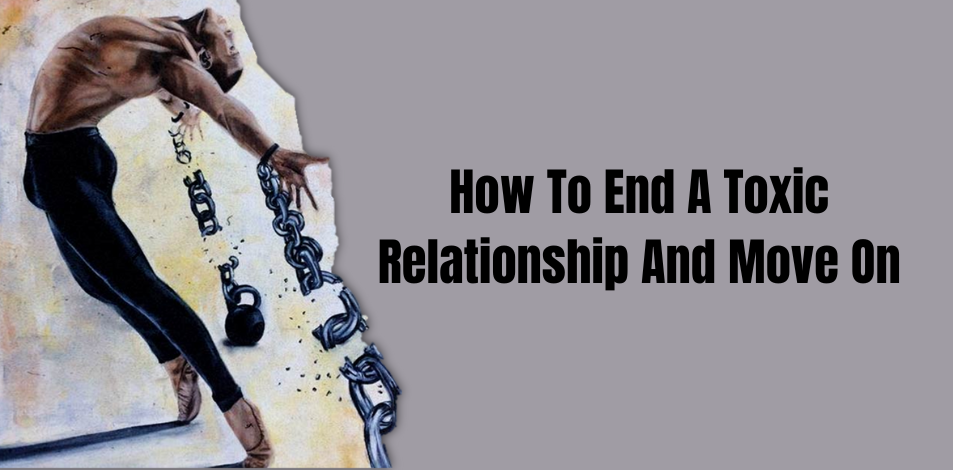
Emotionally detaching from a narcissist can be a challenging but crucial step to protect your emotional well-being. Here are eight steps to help you in this process:
1. Recognize the Narcissistic Behavior
The first step is to acknowledge that you are dealing with a narcissist. Learn about narcissistic personality traits and behaviors to better understand what you’re up against.
2. Set Boundaries
Establish and enforce clear boundaries with the narcissist. Clearly communicate what behaviors are unacceptable and the consequences of crossing those boundaries.
3. Limit Contact
Whenever possible, reduce or limit contact with the narcissist. This may mean cutting off all communication or minimizing interactions to protect yourself emotionally.
Related : Treating Adult Children of Narcissists
4. Practice Self-Care
Focus on self-care to nurture your emotional well-being. Engage in activities that make you feel good, whether it’s exercise, meditation, hobbies, or spending time with loved ones.
5. Seek Support
Talk to friends, family, or a therapist about your experiences with the narcissist. Sharing your feelings and experiences can provide emotional support and validation.
6. Avoid Emotional Reactivity
Narcissists often thrive on emotional reactions, so try not to react emotionally to their provocations. Maintain your composure and stay calm when dealing with them.
7. Accept Limitations
Understand that you cannot change a narcissist. Accept their limitations and the fact that they may never change their behavior.
8. Focus on Yourself
Redirect your energy toward personal growth and self-improvement. Set and pursue your own goals and dreams independently of the narcissist’s influence.
Emotionally detaching from a narcissist is a gradual process that requires time and effort. Remember that you deserve a healthy and fulfilling life, and taking steps to protect your emotional well-being is a powerful act of self-care.




